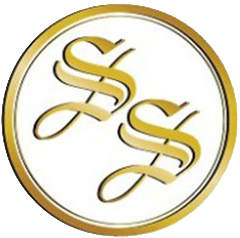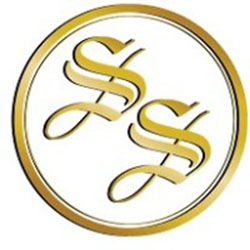The global ceramic magnets market is expected to reach USD 14.46 Billion by 2028, according to a new report by Reports and Data. Ceramic magnets are a low cost substitute for metallic magnets. These magnets owing to their corrosion and demagnetization resistance property and low-cost of production are used in various applications. Ceramic magnets contribute to around 75%, by weight, of the global demand for permanent magnets.
The low cost of production and abundant availability is anticipated to propel the market demand in the forecast period. The Ceramic magnets are the least expensive as compared to alnico and rare earth magnets and thus, find applications in a variety of products. These type of magnets have lower service temperature than alnico but higher as compared to rare earth metals, and lower energy product than both alnico and rare earth magnets.
Ceramic magnets have a high intrinsic coercive force and are available in simple shapes like block, ring, and rod, among other shapes. This type of magnet provides substantial coercivity in applications such as electric motors, generators, alternators, hard disks, and servomotors. They have brought revolution in areas of energy storage and power generation. Ceramic magnets aid to increase the efficiency of generator motors, drive motors, and servomotors, and thus result in notable power savings.
Refrigerator magnets, security systems, pot magnets, loudspeakers, large plate magnets to eliminate contaminations from processing lines, motors, generators, medical instruments, and switches & relays are some of the typical applications of ceramic magnets.
Magnets made from rare earth elements like neodymium and Samarium-Cobalt are gaining more traction in those applications where high coercivity is of prime importance, thereby giving stiff competition for ceramic magnets and hence, may create hindrances in the growth of the market in the forecast period.
Further key findings from the report suggest
- Anisotropic grade magnets are expected to grow at a significant rate in the forecast period. Magnetic anisotropy is the characteristic that gives a specified direction on the spin of a system, which may not be aligned with the application of an external magnetic field. During the production of such magnets, the material is pressed into an electromagnetic field as a result of which, the material adjusts ideally.
- The anisotropic ceramic magnets are stronger than isotropic ones, with their magnetization in the preferred direction as well as being more expensive than isotropic ones.
- Hard Ferrite magnets held the largest market share in 2020 and are likely to maintain its market leadership with a growth rate of 6.5% in the forecast period.
- Electrical and electronics industry held a significant market share in 2020 and is expected to grow at a CAGR of 7.2% in the forecast period attributed to extensive use of ceramic magnets in ABS, actuators (airbag inflators), and fuel cut-off devices.
- The market in the Asia Pacific region held the largest market share in 2020 and is expected to have a CAGR of 6.9% in the forecast period attributed to increasing demand for ceramic magnets by the automotive and electronics industry. Countries like China and Japan are projected to observe high growth in market demand in the forecast period. China is both the largest producer and consumer in the market.
- Key participants include Arnold Magnetic Technologies, Neo Magnequench, Alliance LLC, Hitachi Metals Ltd., Samwha Electronics, DMEGC, TDK Corporation, Ferroxcube, JPMF Guangdong Co. Ltd., and Hangzhou Permanent Magnet Group among others.
Get a free sample PDF of the Ceramic Magnets Market report, visit @
https://www.reportsanddata.com/download-free-sample/1514


